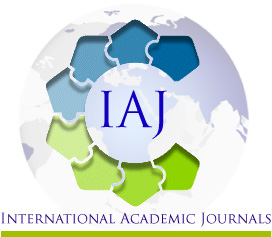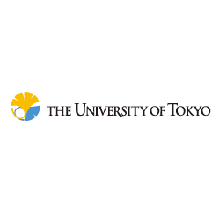ORGANIZATIONAL STRATEGIC CAPABILITIES AND PERFORMANCE OF DIGITAL LENDING INSTITUTIONS IN KENYA
ORGANIZATIONAL STRATEGIC CAPABILITIES AND PERFORMANCE OF DIGITAL LENDING INSTITUTIONS IN KENYA
Vincent Otieno Ochieng - Jomo Kenyatta University of Science and Technology, Kenya
Dr. Scholastica Wamwayi - Jomo Kenyatta University of Science and Technology, Kenya
ABSTRACT
The current business climate is characterized by stiff competition, globalization and rapid technological change. In the Kenyan market, digital lending institutions have faced increased competitive pressure arising from the growth of Saccos, mobile money systems and the mainstream commercial banks, which have resulted in low market share, poor profitability, lack of customer retention and high incidences of digital lending institutions failures. The study specifically aimed to establish the effect of information technology capability, market capitalizing agility, dynamic innovation capabilities, and knowledge management capability on performance of digital lending institutions in Kenya. This study was guided by these theories; resource based view theory, dynamic capabilities theory, knowledge based capability theory, and the people capability maturity model. This study used the descriptive cross-sectional research design. The unit of analysis in this study was the digital lending institutions, represented by the 22 institutions in Kenya. The unit of observation in this research was the 259 respondents including the head of the human resource department, operations department, finance department, research and development department, information technology department, head of customer care department, and sales and marketing department. Questionnaires were used to collect primary data. The quantitative data in this research was analyzed by descriptive statistics using IBM Statistical Package for the Social Sciences (SPSS) version 27. Descriptive statistics included mean, frequency, standard deviation and percentages to profile sample characteristics and major patterns emerging from the data. In1 addition to measures of central tendencies, measures of dispersion and graphical representations were used to tabulate the information. In addition, the researcher conducted a Pearson’s correlation and a multiple regression analysis so as to determine the relationship between variables. The analyzed data was then interpreted and presented in frequency tables. The study found that the institution supports employees in deploying new innovations within their work units and that the organization is able to use technology to efficiently produce more products than its competitors and at the lowest. Additionally, the study established that it was uncertain whether the management responds to competitive actions that threaten the firm and whether the firm is good at ascertaining customers’ current needs and what products they will need in the future. The study also found that they regularly scan the market/business environment in order to identify new business opportunities. The research also found that the organizations do not give orientation towards the development, transfer and protection of strategic knowledge. The study concluded that dynamic innovation capabilities greatest effect on performance of digital lending institutions in Kenya, followed by information technology capability, then knowledge management capability while market capitalizing agility had the least effect on the performance of digital lending institutions in In Kenya. Based on research findings, the government can formulate policy recommendations that support the development of organizational strategic capabilities in digital lending institutions. These policies can be designed to incentivize innovation, enhance financial literacy, and promote sustainable growth.









